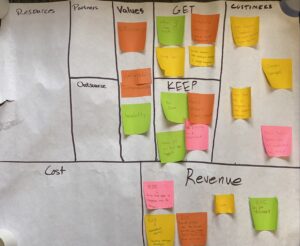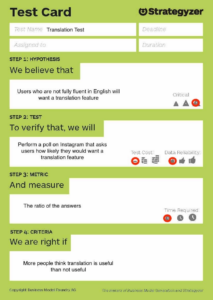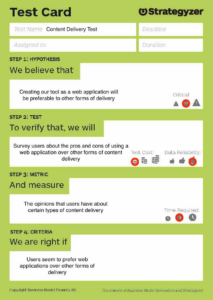SignIt! is a language simplification tool that condenses complicated legal documents into text that is comprehensible and concise. Our goal is to improve accessibility within complex legal documentation and ensure that everyone can access a highly accurate, quick, and affordable alternative to a lawyer. Our value proposition is to “Share knowledge one document at a time”, which emphasizes our value to help spread accessibility through the education and awareness our tool hopes to provide.
For our MVP, we decided to strive for short-term features that would maximize effectiveness given the time constraint. First, we plan to host our tool on a web application, as this would reach the largest audience while also allowing users to access the site from both desktop and mobile browsers. When deciding on features, we felt that language translation would be impactful, as it opens up our TAM to an international scope. With DeepL being a robust language translation tool with a public API, we found it appropriate to incorporate it into our MVP. The crux of our tool, however, is to provide a comprehensible translation of complicated legal jargon using AI. Our first step to accomplish this is to train our model to detect and highlight key terms and phrases so that people are able to quickly navigate through the text of the document. Our next goal is to have our tool paraphrase the document in a way that makes the language concise and easy to understand. A crucial feature that we desire in our final product, but will be excluded in our MVP, is a Grammarly-esque report that provides insight on why the tool emphasized certain aspects of the document to help educate users.
The goal of our project is to save people time and money without forgoing accuracy, and to help people not be susceptible to deceptive or confusing legal documents. Initially, we were inspired by the problems that immigrant families face when going through legal processes, such as the language barrier and therefore having to rely on hiring a lawyer or burdening their more fluent children to translate. We suspected that The most heavily penetrated part of the market would be non-native English speakers that are currently residing in predominantly English countries. We eventually realized that because so many documents are difficult to understand and that a lot of people lack time, that this was a tool that could be useful for anyone going through legal documentation. Because our product is offered in two layers: 1). simplifying legal Jargon; 2).translating simplified English legal phrases, we have a large market opportunity. In other words, not only is our app useful to translate phrases from language to another, it also allows English speakers who are not familiar with legal jargon, easily comprehend them.
For our experience prototypes, we tested the aforementioned features of our MVP, such as users being able to detect highlighted key phrases, wanting a translation feature, and the effectiveness of hosting our tool on a web application. Based on our results, we are generally confident that these features, at minimum, will be strong foundational components of our MVP. Some riskier assumptions that we hope to test, that we had difficulty within the scope of the experience prototypes, is to see if the implications of the tool our ethical (given the inherent biases in AI models) and that businesses will use and trust our tool to be effective an secure (given that we have a B2B structure).
From our reviewers, we want to know if the current user interface of the tool implies that the tool is a language simplification tool and not merely a translator. We would also like to know if the workflow of our tool is intuitive, or if we should break the taskflows down differently.
BMC:

Participatory Roadmap:

User Storymapping:

Comparative Research Findings:


Experience Prototypes:




Assumptions Map:

